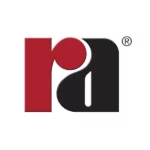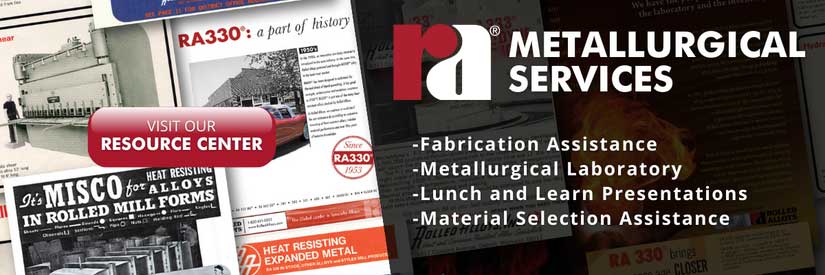In response to the need for a cost-effective alloy that could resist brackish water or seawater environments, stainless alloys with even higher levels of chromium and molybdenum were developed. This need resulted in the development and introduction of AL-6X™ in the early 1970s by ATI.
One significant problem with AL-6X was that the product forms and sizes were limited due to metallurgical reasons. The alloy’s high chromium and molybdenum content rendered AL-6X susceptible to forming sigma phases upon slow cooling between 1000°F – 2100°F. Flat products thicker than 0.1875″ could not be cooled quickly enough to prevent this formation, which would hamper the material’s corrosion resistance and toughness.
Nitrogen was found to be effective in retarding the formation of sigma phase and enhanced the effects of chromium and molybdenum by improving resistance to pitting, crevice corrosion, and stress-corrosion cracking. The figure below shows the times and temperatures that AL-6X and AL-6XN® tend to form sigma phase. Therefore, AL-6XN® was developed as an improvement over AL-6X. Both alloys have the same elemental composition except AL-6XN® contained an intentional addition of 0.18% – 0.25% N.
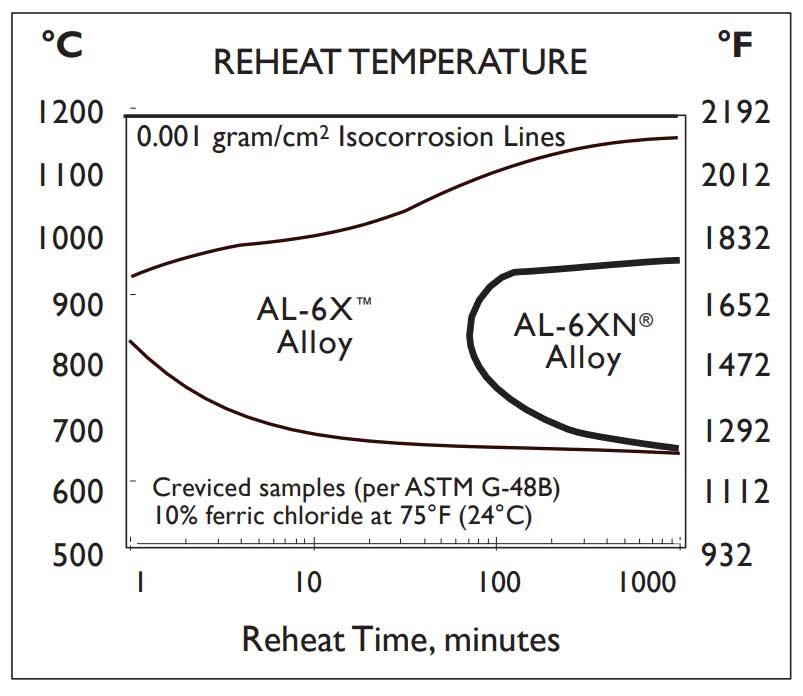
Sigma Phase Time Temperature Transformation Curves
In 1977, Avesta, now Outokumpu, developed their own super austenitic alloy, 254SMO®, but AL-6XN® became the more widely used and accepted alloy due to a market development relationship with Rolled Alloys. Rolled Alloys played an instrumental role in developing the sources to ensure the supply of all product forms and maintain an inventory of these products in various sizes.
In terms of performance, AL-6XN® is code-rated up to 800°F per ASME BPVC Section VIII Div 1, while 254SMO is approved only up to 750°F. The higher nickel content of AL-6XN® improves general corrosion resistance and makes it more resistant to sigma formation. With a low copper content, AL-6XN® also exhibits improved chloride pitting resistance, which is preferred by certain users for environmental reasons. Independent studies have consistently shown that AL-6XN® outperforms other super austenitic alloys in terms of seawater pitting and crevice corrosion resistance. For a more detailed comparison, check out a comparison between AL-6XN® and 254 SMO below.
AL-6XN® has various use cases across different industries. It is known for its exceptional performance in coal-fired flue gas desulfurization (FGD) systems and seawater applications in the power industry. Other sectors have also benefited from AL-6XN®’s chloride and acid resistance, leading to increased usage in the chemical process industry (CPI). Additionally, it has shown good resistance to microbiologically influenced corrosion (MIC). The food and pharmaceutical industries have used AL-6XN® for decades in situations where 316/316L was not sufficient. AL-6XN® is also utilized in offshore oil and gas environments, pulp bleaching applications, service water piping, LNG transportation and storage, as well as reverse osmosis desalination systems.
ATI is the only manufacturer with a long-standing history of superior performance, quality, and expertise in producing AL-6XN® (N08637). While other producers have attempted to supply substitute materials that meet the UNS number’s broad chemistry range, they sometimes offer different levels of performance or integrity. Rolled Alloys exclusively stocks genuine AL-6XN® products produced to the highest quality standards.
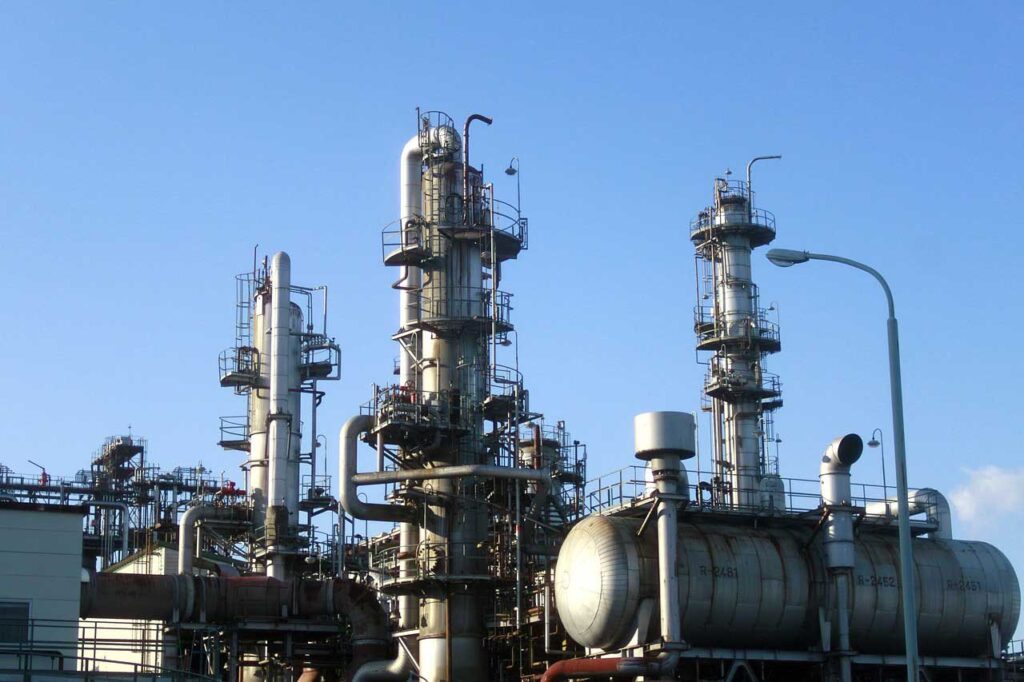

Buy Online Anytime
Our dashboard makes it even easier to shop online anytime from anywhere. Quote, buy, and track 24 hours a day.
E-Services Stocking Programs
Our e-service stocking programs put you in the driver seat by using our customized purchasing options to order your recurring material with ease. Whether you have an internal process for purchasing and receiving in place or maybe looking for solutions to become more efficient, we have a program that will work for you.

Trade Shows
Come talk to a Rolled Alloys representative in person about your project. You can find us at these trade shows.

March Mania 2025
Every Online Order in March is a Chance to Win One of 8 Great Prizes!
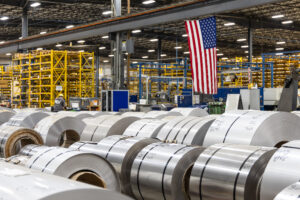
Instant Pricing on Nickel, Stainless Steel, Duplex, and Titanium
Get real-time pricing and availability for nickel, stainless steel, duplex, and titanium—all in one place.
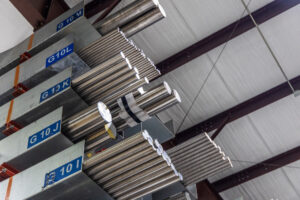
New and Expanded Stock for 2025
New Titanium, Stainless, Nickel and Cobalt in Stock Now – CP Ti Grade 2, 635, 718 and More!
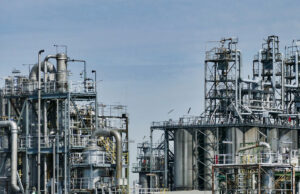
History and Uses of Alloy 800
Discover the evolution of Alloy 800, from its origins during the 1950s to modern derivatives like Alloy 800H/800HT. Learn about its high-temperature strength, petrochemical applications, and commercial availability today.
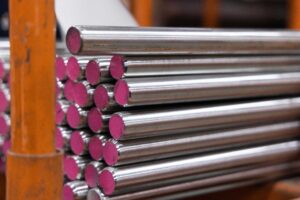
New Bar Stock Available
New Round and Flat Bar Products in Stock at Rolled Alloys


